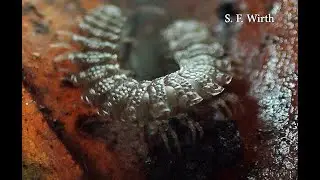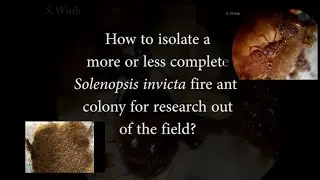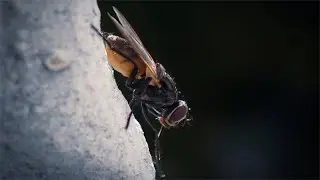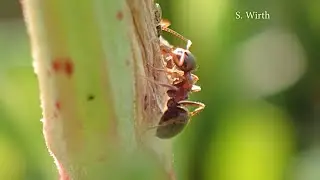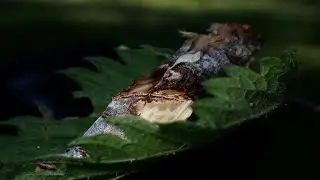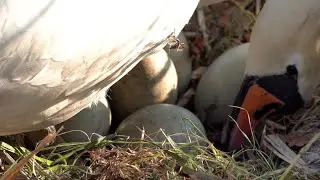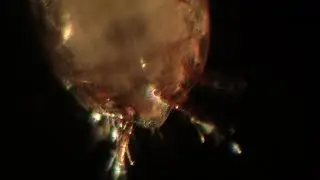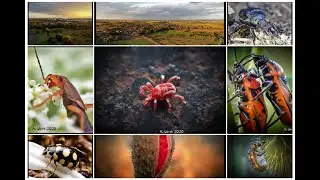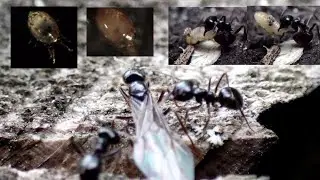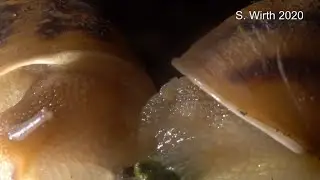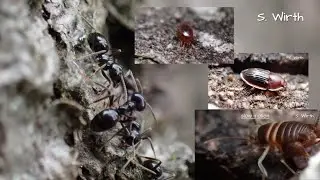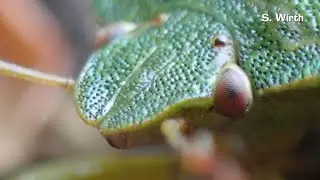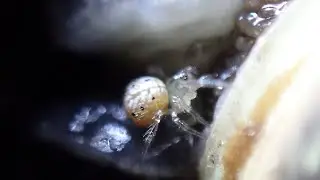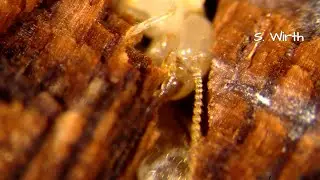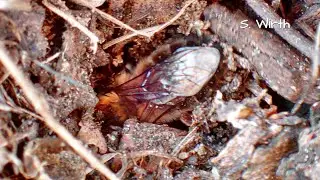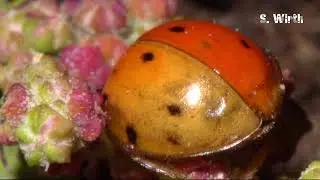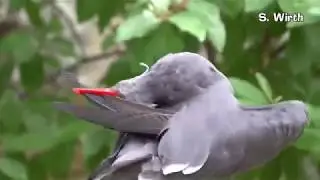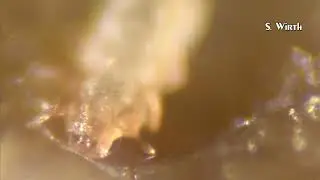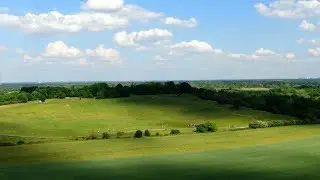Wild bee Andrena flavipes and nesting behaviors (4K)
The bee Andrena flavipes is also known as the common sand bee, as this species represents the most common of several regularly present sand bee species in Central Europe.
Bee females create solitary nests, which is unlike to social hymenopterans such as the honey bee Apis mellifera. However huge and from a distance well visible aggregations of nesting A. flavipes specimens can appear. It is said that these aggregations are due to mated females being attracted to similar suitable nesting sites. In fact also a tolerance for conspecifics very close by is required to allow conditions, in which the whole ground seems to consist of bees, flying around and preparing their nests or importing pollen or nectar to feed their larvae. By the way: One nest contains contains about 2-3 brood cells only.
The bees of my video were filmed between 4-6 April 2020 in the urban park around lake Plötzensee in Berlin. The site for my recordings was an area with forest edge character, interrupted by dry meadows, all at least in the afternoon exposed by the sun (temperatures between 15-20 °C).
Contents of my behavioral documentation is the cleaning of nest hole entrance areas and behavior patterns, which seemingly support the orientation and finding their own nests again in midst of a sandy forest ground covered by fallen leaves.
To be enabled to recognize the entrance of the own nest again, bees perform regularly smaller walking tours around their nests to memorize soil structure and other details, being suitable to characterize this specific nesting site.
The bee's hindlegs represent important multi-functional organs. They walk on them, collect pollen, which adhere to specific structures on legs III, and they are used to clean the areas in front of the nest openings from dirt, such as smaller stones or wooden particles. As nest entrance areas stay opened during the day, a proper cleaning of the soil around is regularly necessary. The bee performs that work mostly while backward-walking using its hindlegs like shovels to sweep dirt some centimeters away. This behavior is well visible in my footage.
Andrena flavipes and other soil breeding wild bees are generally also of acarological interest. As presumably all hymenopterans, they have for example associations with phoretic mites, for example mites of the Scutacaridae (such as Imparipes apicola). I so far did not study mites on these bees, but phoresy means that mite instars use the insect as carrier to reach their final sites, in which they develop and reproduce. In case of Imparipes, adults feed on fungi and waste inside the bees brood cells.
Copyrights Stefan F. Wirth, Berlin april 2020, as always: all rights reserved
Watch video Wild bee Andrena flavipes and nesting behaviors (4K) online, duration hours minute second in high quality that is uploaded to the channel Stefan F. Wirth 08 April 2020. Share the link to the video on social media so that your subscribers and friends will also watch this video. This video clip has been viewed 583 times and liked it 10 visitors.










